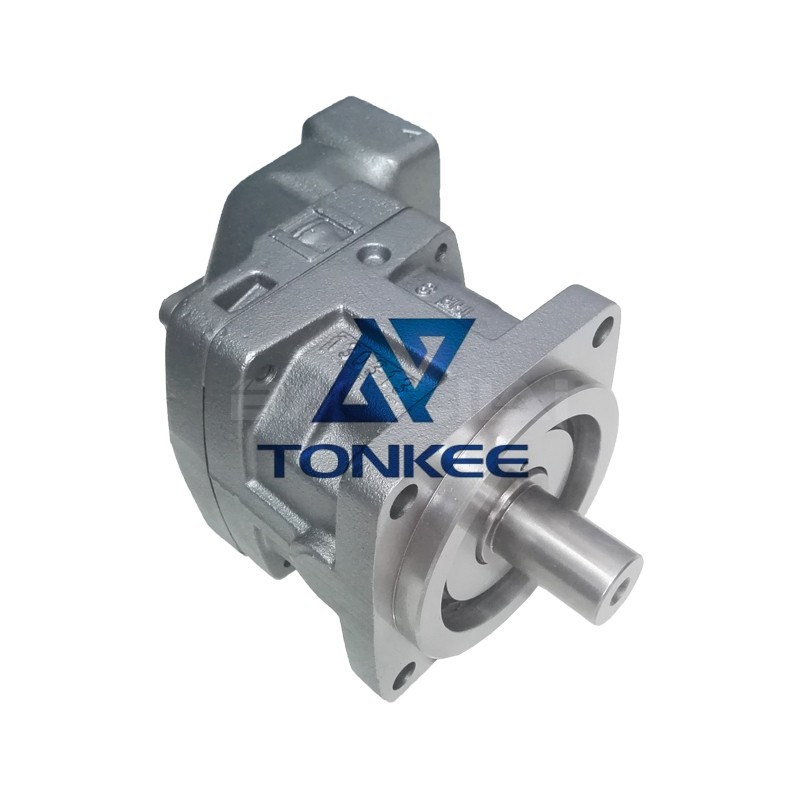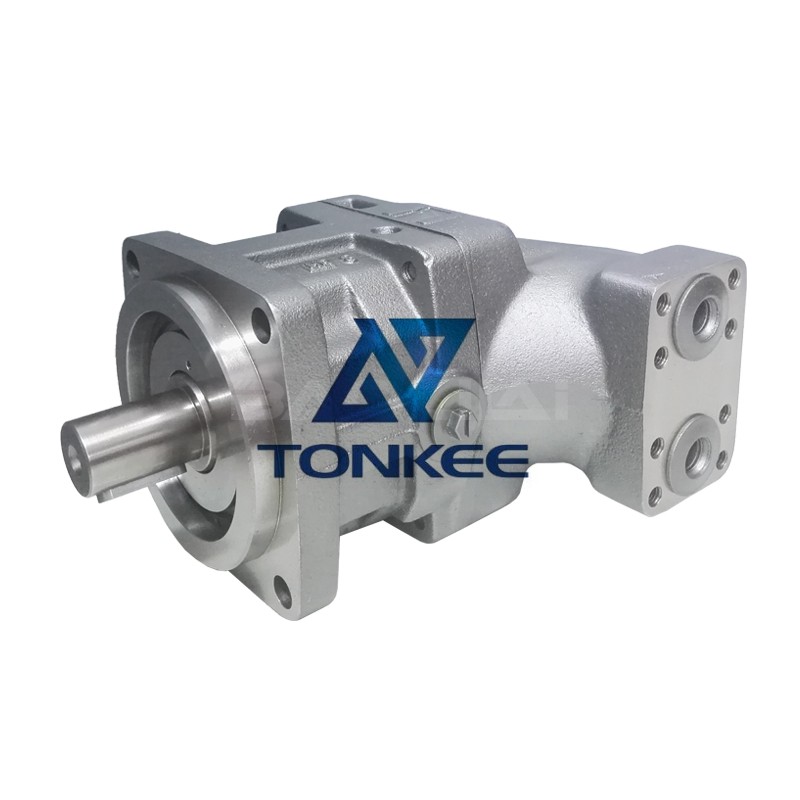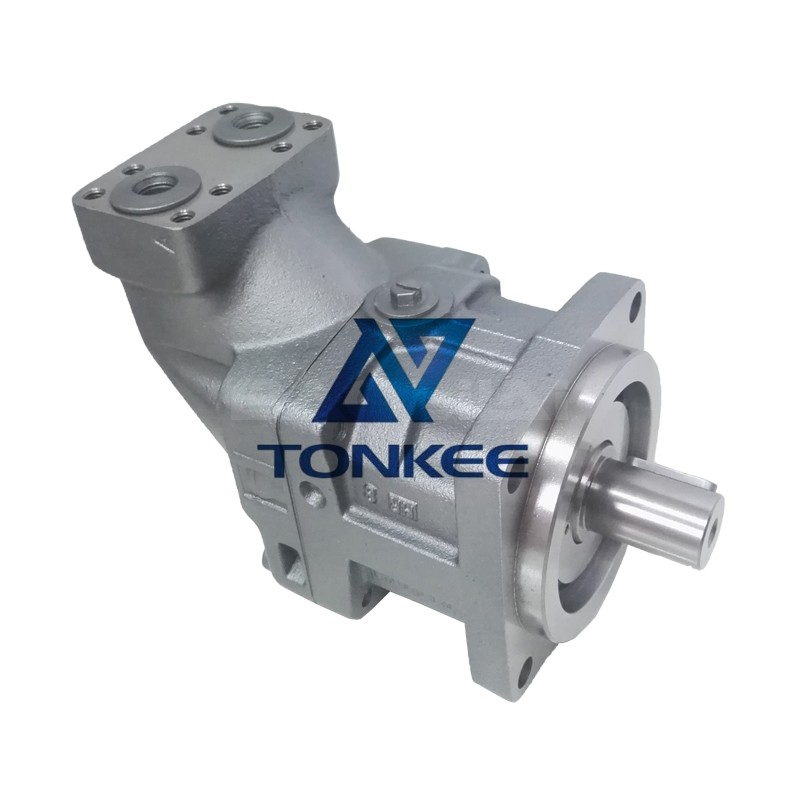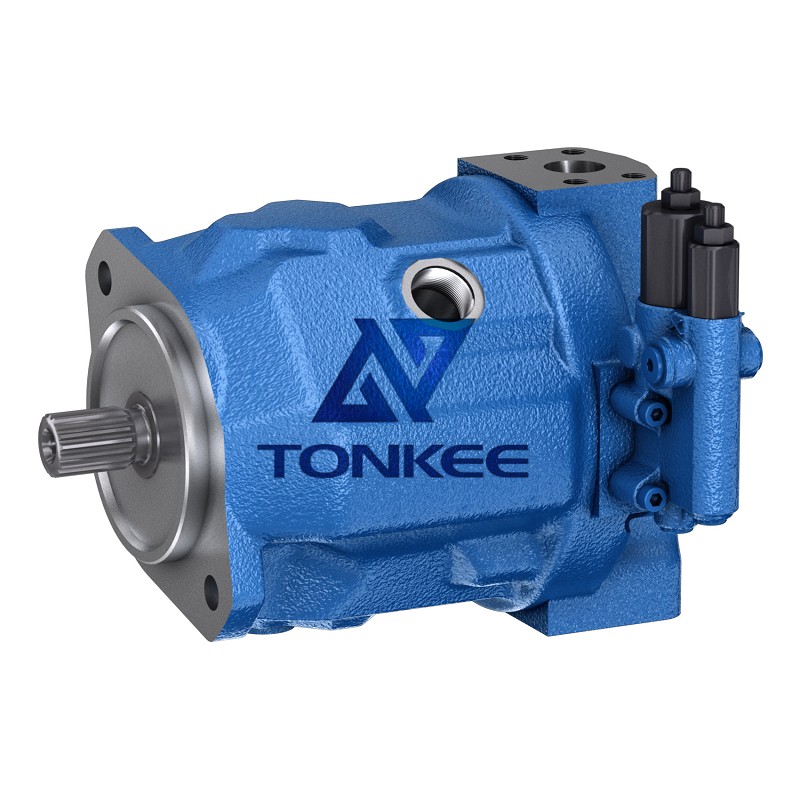
Piston Assembly: The piston assembly is a crucial component of the F12 series pump responsible for generating hydraulic pressure.
The replacement piston assembly should have the same diameter, stroke length, and sealing arrangement as the original part. It should be made of high-quality materials such as steel or aluminum to ensure durability and efficient operation.
Cylinder Block: The cylinder block houses the pistons and is responsible for converting the mechanical energy from the input shaft into hydraulic energy. When replacing the cylinder block, it is essential to match the displacement volume to the original specification of the pump. The design and dimensions of the inlet and outlet ports should also align with the original configuration.
Valve Plate: The valve plate is responsible for controlling the flow of hydraulic fluid within the pump. It contains various channels, ports, and valves that regulate the fluid's direction and pressure. When replacing the valve plate, it is crucial to ensure that the replacement part has the same configuration, including the number and size of ports, valve types, and sealing arrangements.
Shaft Seal: The shaft seal prevents leakage of hydraulic fluid along the rotating shaft of the pump. It is crucial to choose a replacement seal that matches the original specifications in terms of size, material, and sealing mechanism. Common types of shaft seals used in the F12 series pump include lip seals, V-rings, and mechanical face seals.
Bearings: Bearings provide support and reduce friction between moving parts within the pump.
Replacement bearings should match the original specifications in terms of dimensions, load capacity, and material composition. Common types of bearings used in the F12 series pump include ball bearings and roller bearings.
Shaft and Coupling: The pump's shaft connects the input power source, such as an electric motor or an internal combustion engine, to the pump's internal components. When replacing the shaft, it is essential to consider factors such as diameter, length, keyway specifications, and material composition. Similarly, the coupling that connects the shaft to the power source should match the original specifications in terms of size, type, and torque capacity.
Seals and O-rings: Various seals and O-rings are used throughout the F12 series pump to prevent leakage and ensure proper sealing. When replacing these components, it is essential to choose materials that are compatible with the type of hydraulic fluid used and the operating temperature range. The replacement seals and O-rings should match the original specifications in terms of size, cross-section shape, and material composition.







 English
English português
português Русский язык
Русский язык










